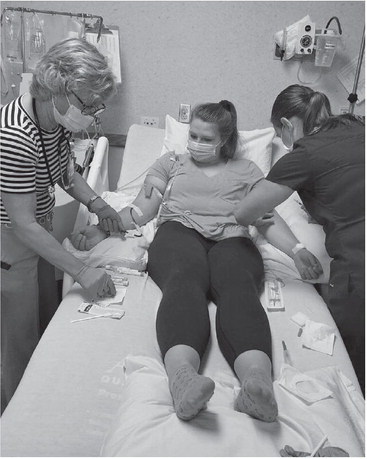Medford grad donates bone marrow


SHAWNA KONIECZNY
Medford graduate Leah Leonard currently attends University of Wisconsin-La Crosse. One of the clubs on campus had organized a bone ma...


SHAWNA KONIECZNY
Medford graduate Leah Leonard currently attends University of Wisconsin-La Crosse. One of the clubs on campus had organized a bone ma...